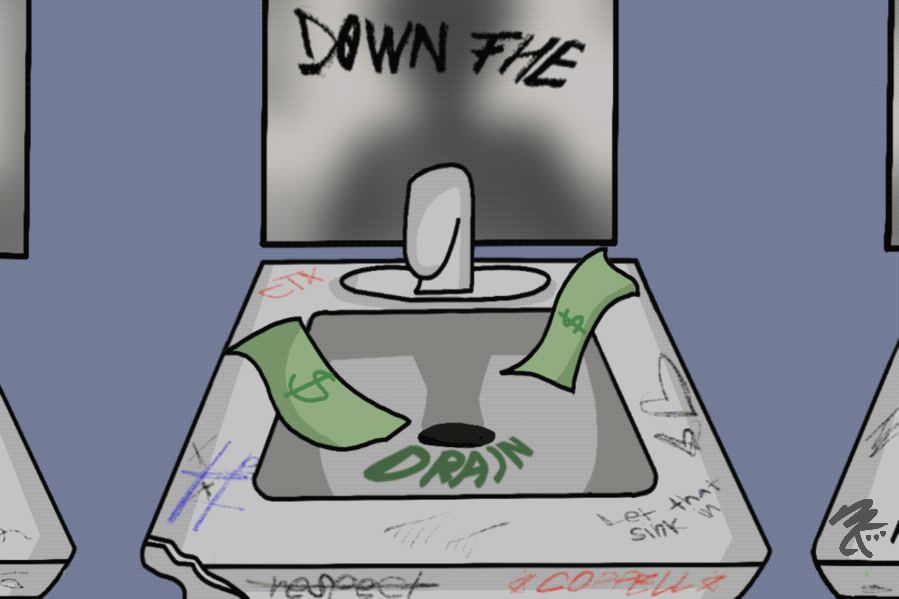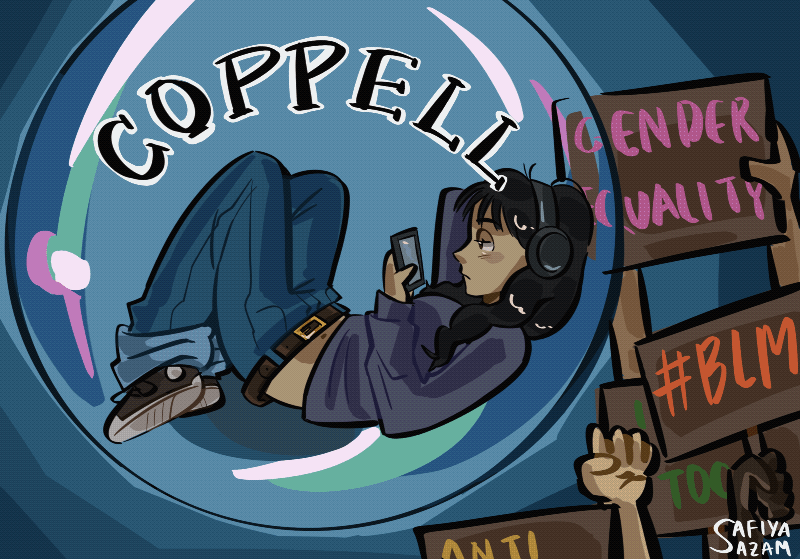By Will Thomas
Staff Writer
Everyone who has been to a movie theater in the past three decades has seen the effects of Computer Generated Images (CGI). Whether it is a talking animal in a live action film or an entire environment, CGI has overtaken the film industry.
I recently watched Jaws for the first time. I had forgotten the great special effects that animatronics, costumes and puppets had given us before the advancements in computer programs. While the animatronic shark in Jaws looks cheesy now, it was ahead of its time in 1975. And even though CGI would be cheaper to use now, there is something more terrifying about a realistic, physical prop rather than an image.
A real benefit of using props is that it gives the actors something to react to when filming. In the prequel Star Wars trilogy, a large majority of scenes were shot in blue screen studios, where the actors were told what was happening. If the actors cannot truly believe where they are, how can the audience?
My main problem with the excessive use of CGI in film is how unrealistic the images turn out. The puppets, costumes and makeup used in the 1970s and 80s were so terrifyingbecause there was not anything “off” about them. They were as real as the actors, and you could tell. Now, if you watch anything in high definition, everything computerized sticks out, and it takes you out of the experience.
Unless they are being used to tell the story or they are done well, CGI are tools of lazy filmmaking. In Life of Pi, the story of a boy stranded on a boat with several animals, CGI was used for everything except the boy and the boat. CGI was a tool for telling the story, and it was done incredibly. It was not like the prequel trilogy of Star Wars, where it was used to project colossal battle sequences onto the screen for hours on end.
An excellent compromise in special effects is motion capture technology. The Hulk from Marvel’s The Avengers was made with motion capture, and it was an enormous improvement from every attempt at putting the Hulk on screen, live action or CGI. Gollum from The Lord of the Rings and The Hobbit was also made using motion capture, and that makes all the difference. The realistic human movement gives it a sharper edge over CGI.
CGI does have its perks though. It costs much less to use, and it is used in fantastic kids’ movies made by companies like Pixar and Dreamworks. Occasionally, it is done well enough to convince the audience it is real. Certain scenes in Jurassic Park and The Matrix are just mind-bendingly real. But the quality of CGI is proportional to the amount of money put into it. So as long as CGI is used to save money, then the quality of movies in general will accordingly stay the same or falter.
The trend of throwing dozens of computer-generated monsters at the screen undermines quality moviemaking. Completely removing CGI from the editing process would be ridiculous, but using it to enhance our already available resources would be better for the film industry as a whole. Moviemakers need to find the right balance between CGI and other types of visuals.








